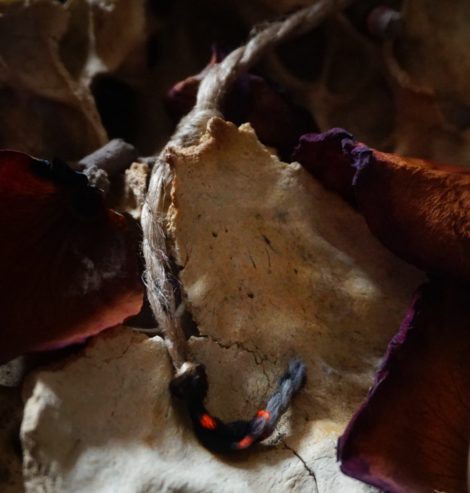
Cord or knot magic appears across cultures in folk practices and traditional witchcraft, with the consistent principle of binding one’s will into knots and sometimes releasing them over time
The thread of life is measured, spun, and ultimately cut by the Fates or Wyrd Spinners. In Greek mythology, Clotho spun the thread at birth, Lachesis measured its length, and Atropos cut it when the time came. Variants of the three Moirai who spin destiny and manipulate the thread appear in folklore across Europe and Asia, including the Norse Norns, Roman Parcae, and Romanian Ursitoare. In some traditions, a newborn’s life-thread was believed to remain with them until death, while in others the soul of the dead crossed into the afterlife along a cord stretched across water or into the underworld. Likewise, it was widely believed that the union between two people was represented by their life threads coming together in a knot.
Threads thus symbolize bridges, lifelines, and sometimes snares. In folk magic, a knot, a tangle, or a broken strand could be interpreted as an omen or used to influence fate in charms of binding, spells of entanglement, and rituals of cord-cutting.

The cord may be consecrated through ritual by anointing with sacred oils or incense smoke. Organic materials also correspond to natural forces.
To bind and to release
Knot binding works on the belief that whatever is bound in a cord is also bound in life. To tie a knot was to give shape to a desire or command, such as a wish for protection, a pledge of love, or even a curse to restrict an enemy. Knots were regarded as powerful symbols. For example, the legendary Gordian Knot, which Alexander the Great solved by cutting through it, represented an impossible challenge, while the Knot of Heracles, associated with strength and resilience, was said to aid him in completing his labors. Even in practical life, knots held magical significance for sailors who tied ropes into intricate knots to trap the wind.
Cord-cutting reverses the intentions of knot binding. Where binding seeks to hold, cutting seeks to release. In folk magic, the act of cutting a cord symbolically severs ties that no longer serve, such as a relationship, the lingering weight of grief, or an enemy’s influence. Cutting the cord is a declaration of freedom and closure, a release of something that has been entangled, an obstacle removed from the path so that the thread may follow its course. Just as binding is an act of control, cord-cutting is one of liberation and transformation.
The thread and the ritual
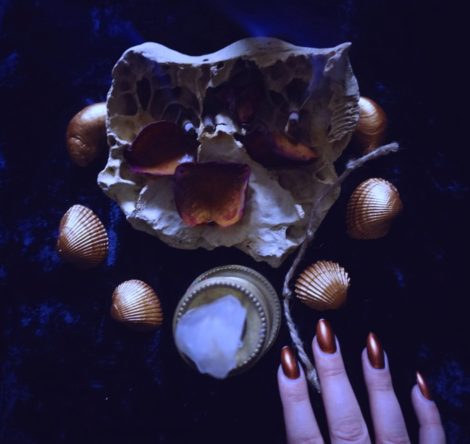
Knots may be released to activate, redirect, or conclude the spell, either by untying them gradually over time or burning the cord.
The plant or material from which a thread was spun was believed to lend its own essence to the magic worked with it. For example, a cord spun from stinging nettle, which is associated with Mars, was believed to enflame the heart of a lover, kindling desire with the same fiery force that burns in the plant’s sting.
In The Beliefs and Superstitions of the Romanian People, Artur Gorovei noted a few knot-binding rituals:
“On Thursday evening of Holy Week, when the twelve Gospels are read, it is good for those who go to church to tie a knot in their girdle after each Gospel is read; and with that girdle of twelve knots, if one who suffers from fever girds himself with it, the fever will pass.”
“It is believed that if someone suffers from stabbing pains, it is good to take summer hemp fiber, twist it behind the back, and tie nine knots; then, binding it crosswise over the chest, the stabbing pains will be healed.”
“To prevent harmful birds from damaging the crops, at the end of Lent, leftovers are taken outside and small threads are scattered in different directions, each time calling upon a different kind of bird to come and eat. For the same purpose, at the end of Lent, a hemp thread is taken, and with hands behind the back and eyes closed, nine knots are tied in it, while an incantation is spoken during the work.”
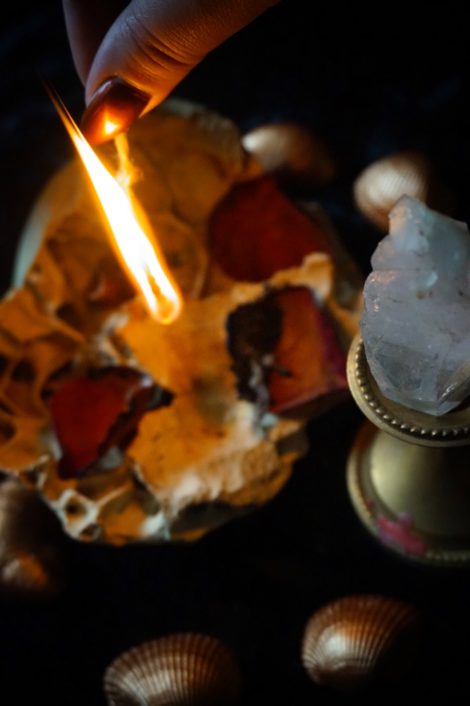
Knots may be tied at the New Moon and the cord burned at the Full Moon to align with lunar cycles.
“When weaving is begun and the warp threads are tied in knots, a wish is made that a certain girl may be married when the knot is undone. But if the knot is instead thrown into the fire, then the girl in question will never marry.”
Another attested ritual is the binding of marriage, which could be carried out using the belt of a dead man. The belt was placed either under the pillow or among the clothes of the person to be bound. The binding might be temporary, marked by tying three or more knots in the belt, each knot accompanied by an incantation such as: “It is not the belt I knot, but I bind the person, so that they will not marry for as many years as there are knots.”
It was most common to tie three, six, nine, or twelve knots on the night of the New Moon. The number three has long been considered sacred across cultures, and multiples of three, such as six or nine, were thought to intensify this power. The number twelve often represented the passage of a full cycle, such as the twelve months of the year. Like many other rituals, knot binding would often be performed on the New Moon because this phase symbolizes beginnings, and as the Moon grows, so will the spell. The knots were commonly tied behind the back, and a charm was spoken for each knot.
In love binding spells, the cord was then kept and used according to the phases of the moon, often preserved until the Full Moon of that month. At that time, it would be placed secretly under a rug, a threshold, or a doormat so that the intended person might unknowingly step over it. Crossing the hidden cord was believed to bind the person. Once this happened, the cord had to be removed immediately, because if the person stepped over it again, the spell would be undone. Afterward, the cord could be kept by the caster, who could choose to later untie the knots to release the bound person or burn it to seal the spell.
The binding of knots or cutting of cords could extend to other areas of life, from difficult situations and bad habits to unruly emotions. The symbolic power of the cord can be easily redirected in folk magic as it represents attachment that may or may not be desired. It can have a therapeutic impact until the caster or fate determines the resolution of the spell, whether by releasing the knots over time or burning the cord when the time comes.

www.Nettlesgarden.com – The Old Craft



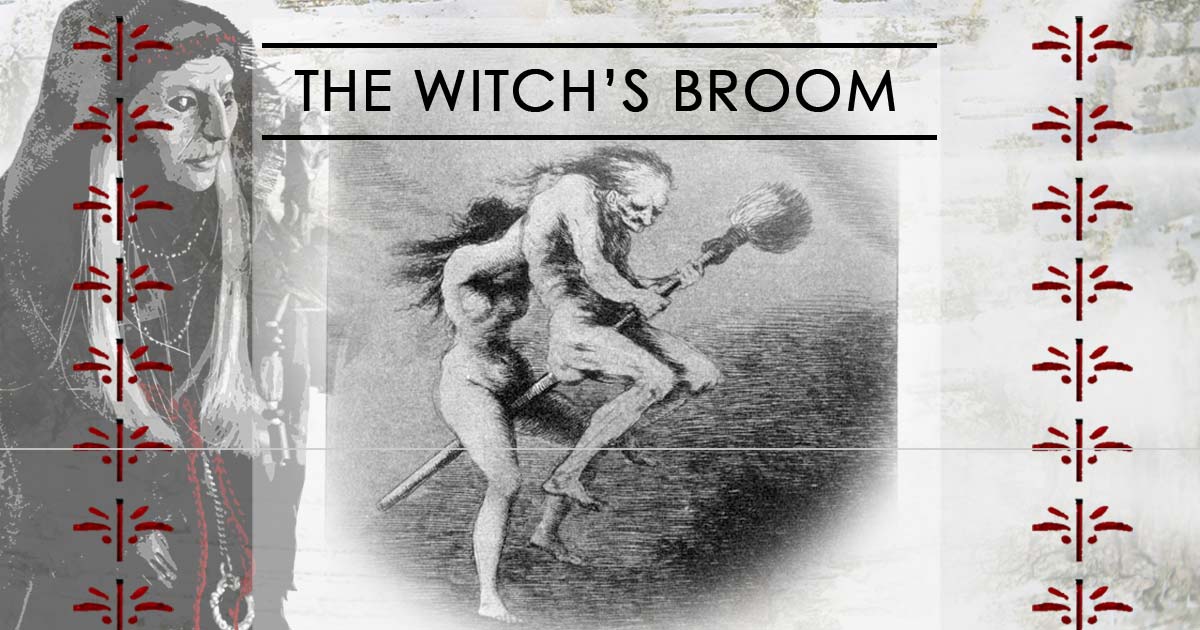

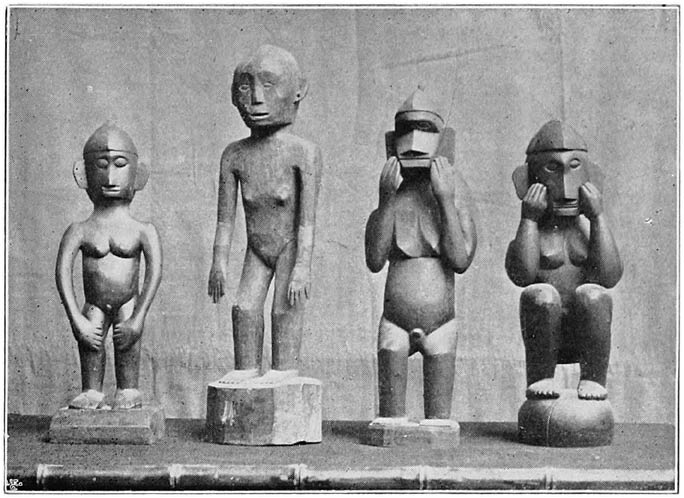
Reema Aleid | November 6, 2025
|
During the commemoration of the martyrdom of Imam Qassim, they read what would have been his wedding March but was instead his march to death due to fate. And during that ceremony, when they turn the lights off and light the candles, you are told to ask in your heart of hearts for anything you desire. I was 14 at the time with a huge crush on my brother’s quasi friend of the family and asked to marry him. You’re supposed to untie the knot at the end of the ceremony and how easily it releases means your wish was granted. I struggled but it did. I asked my cousin what that meant because hers came undone easy. She giggled and admitted she didn’t know and asked what I wished for but I didn’t say because you aren’t supposed to tell. Now I’m 36, unwedded, and basically trafficked, career stolen and not even the slightest desire to marry said guy who I see now as only a brother, aside from to get a greeNcard and leave the country. So I don’t even know what that means but I really don’t want to end up with my 14 year old crush and maybe life was wise enough to tell me in a way.
Crowhag | Author | November 6, 2025
|
Thank you for sharing something so personal. Sometimes, past events take on new symbolism as we grow. Looking back at the knot ceremony, you can see how things began to unfold in the direction your life has taken. And it certainly sounds like you’ve been through a lot since then. Maybe untying another knot and making a new wish for yourself could be a powerful symbolic act for your next chapter. Blessed be!